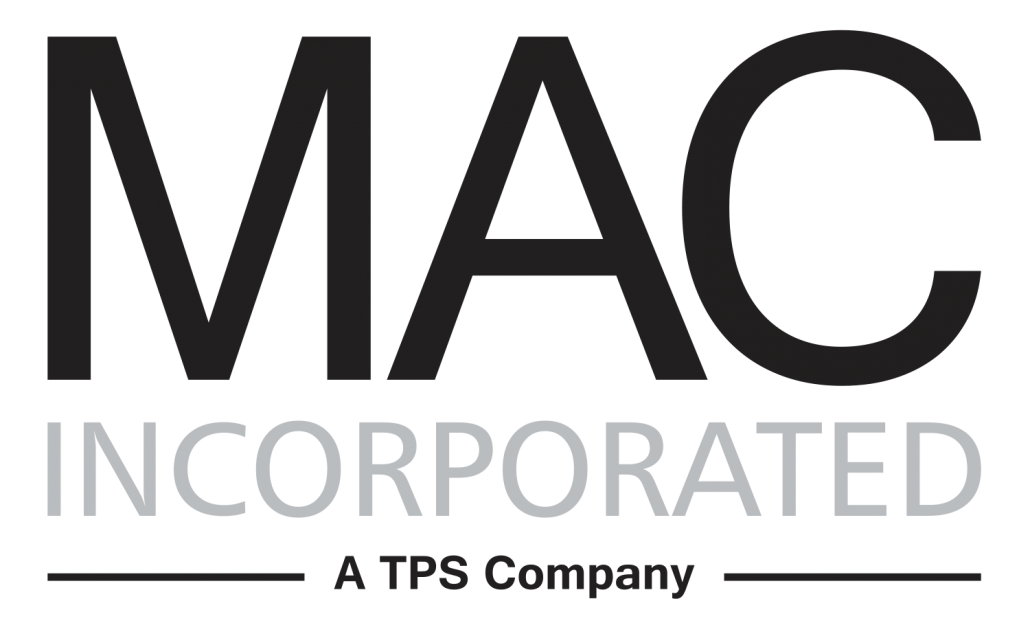OSHA’s Ruling to Protect Workers from Respirable Crystalline Silica
In March 2016, the Occupational Health and Safety Administration (OSHA) issued a final rule to keep workers from breathing silica dust. Comprised of two standards — one for construction and another for general industry and maritime — the new rule is expected to save more than 600 lives and prevent more than 900 new instances of silicosis annually. It will also provide an estimated $7.7 billion in net benefits per year.
Composed of a variety of minerals — including soil, sand, and granite — quartz is the most common form of crystalline silica, followed by cristobalite and tridymite. All three types have the ability to become respirable when chipped, cut, drilled, or grinded, which is incredibly hazardous to workers.
Approximately 2.3 million workers are at risk for the harmful effects of exposure to respirable crystalline silica — including 2 million construction workers and 300,000 brick manufacturing, foundries, hydraulic fracturing, and other general industry workers — which has been categorized as a human lung carcinogen. Inhaling crystalline silica dust can cause silicosis, which is a potentially disabling or even fatal condition.
Key Terms of the New OSHA Rule
Both standards of this new rule take effect on June 23, 2016 and industries have one to five years to comply with most of the requirements. Some of the highlights of the rule include:
- Lowering the permissible exposure limit (PEL) for respirable crystalline silica to 50 micrograms per cubic meter of air — averaged across the span of an 8-hour shift.
- Requiring employers to use engineering controls to limit worker exposure to the PEL, providing respirators to workers when engineering controls are unable to sufficiently limit exposure, reducing worker access to areas of high exposure, and devising a written exposure control plan — including offering medical exams to workers with high exposure rates and providing training on the risks of silica and ways to keep exposure to a minimum.
- Providing medical exams to closely observe the health of workers with high silica exposure rates and offering information on their lung health.
- Offering flexibility to assist employers of all sizes — particularly smaller businesses —in protecting workers from exposure to silica.
To learn more about these new guidelines, visit the OSHA website.
Visit the MAC Incorporated blog for more information on OSHA standards. Our niche-based recruiting and staffing firm specializes in the placement of engineering, maintenance, and operations management professionals like you. Contact us today to start planning your future!

